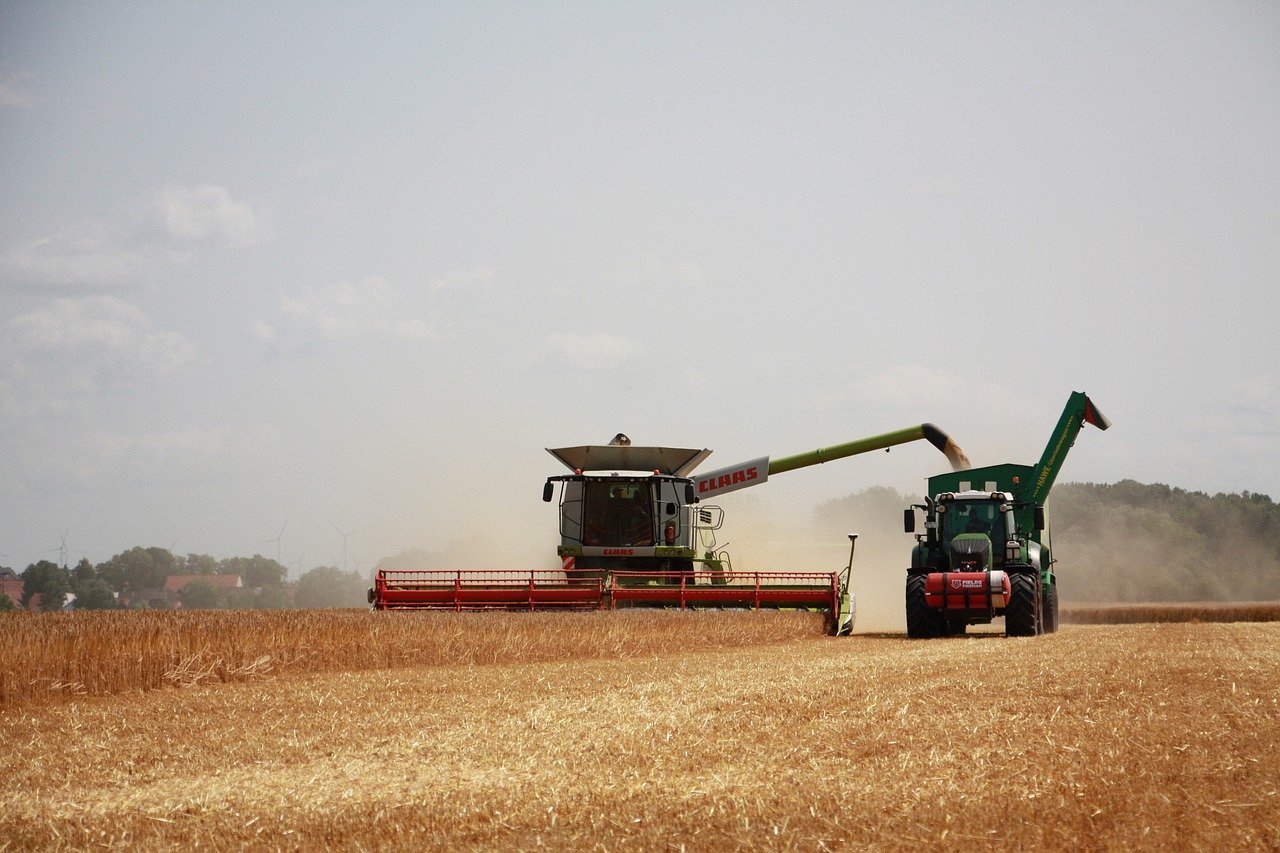Harvesters are integral machines in modern agriculture, designed to automate and streamline the process of harvesting crops. These sophisticated vehicles play a crucial role in maximizing productivity, minimizing labor costs, and ensuring timely harvesting of crops across vast agricultural landscapes. Let’s delve into the essential features, types, and technological advancements that define harvesters and their impact on global food production.
Essential Features and Functions
Harvesters are specialized machines engineered to efficiently gather and process crops from fields. Key features include:
- Cutting Mechanism: Equipped with cutting bars, blades, or rotating drums to efficiently sever crops from their stalks or roots. This mechanism varies depending on the crop type, such as grains, fruits, vegetables, or sugarcane.
- Threshing and Separation: Harvesters separate the edible parts of crops (grains, fruits, etc.) from the inedible parts (stalks, husks, etc.) through threshing and separating mechanisms. This process is critical for maximizing yield and quality.
- Cleaning and Sorting: After separation, harvesters clean and sort the harvested crop to remove impurities such as debris, leaves, and chaff. This ensures that only high-quality produce moves on for further processing or storage.
- Storage and Transport: Many modern harvesters include on-board storage compartments or systems to temporarily hold harvested crops. Some harvesters are also equipped with systems for offloading crops into transport vehicles for delivery to storage facilities or markets.
Types of Harvesters
Harvesters are designed for specific crops and harvesting conditions:
- Combine Harvesters: Used primarily for harvesting grains such as wheat, corn, and rice. Combine harvesters perform multiple functions including cutting, threshing, and cleaning in a single pass, significantly reducing harvesting time and labor.
- Forage Harvesters: Designed to harvest forage crops such as corn silage, alfalfa, and grasses used for livestock feed. Forage harvesters cut and chop the entire plant into small pieces for storage or feeding.
- Fruit and Vegetable Harvesters: Specialized machines for harvesting fruits (e.g., apples, oranges) and vegetables (e.g., potatoes, carrots). These harvesters are tailored to handle delicate crops and often include sorting and packing capabilities.
- Sugar Cane Harvesters: Specifically designed for harvesting sugar cane, these machines cut and strip sugar cane stalks and often include mechanisms for loading harvested cane directly into transport bins.
Technological Advancements
Modern harvesters incorporate advanced technologies to enhance efficiency, precision, and operator comfort:
- GPS and Precision Farming: GPS-guided systems enable precise steering and mapping of harvested fields, optimizing efficiency and reducing overlaps.
- Automated Systems: Some harvesters feature automated controls for adjusting cutting height, speed, and other parameters based on crop conditions, improving yield and reducing operator fatigue.
- Telematics and Data Integration: Real-time data monitoring allows operators and managers to track performance metrics such as yield, fuel consumption, and maintenance needs, facilitating proactive decision-making and maintenance scheduling.
- Safety and Ergonomics: Improved cabin design with climate control, ergonomic seating, and advanced visibility features enhance operator comfort and safety during long hours of operation.
Environmental and Economic Impact
Harvesters contribute to sustainable agriculture and food security by:
- Increasing Efficiency: Automating harvesting processes reduces labor costs and improves efficiency, allowing farmers to harvest larger areas in shorter time frames.
- Reducing Waste: Precise cutting and sorting mechanisms minimize crop loss and ensure maximum utilization of harvested produce.
- Enhancing Yield and Quality: Efficient harvesting techniques preserve crop quality and freshness, meeting consumer demands for high-quality food products.
Conclusion
In conclusion, harvesters play a vital role in modern agriculture by revolutionizing the efficiency, productivity, and sustainability of crop harvesting. With their advanced features, specialized designs, and technological innovations, harvesters continue to drive advancements in global food production, ensuring timely and efficient harvests across diverse agricultural landscapes. As technology evolves and agricultural practices continue to modernize, harvesters will remain indispensable tools for meeting the growing demands of food security and sustainability in the 21st century.
